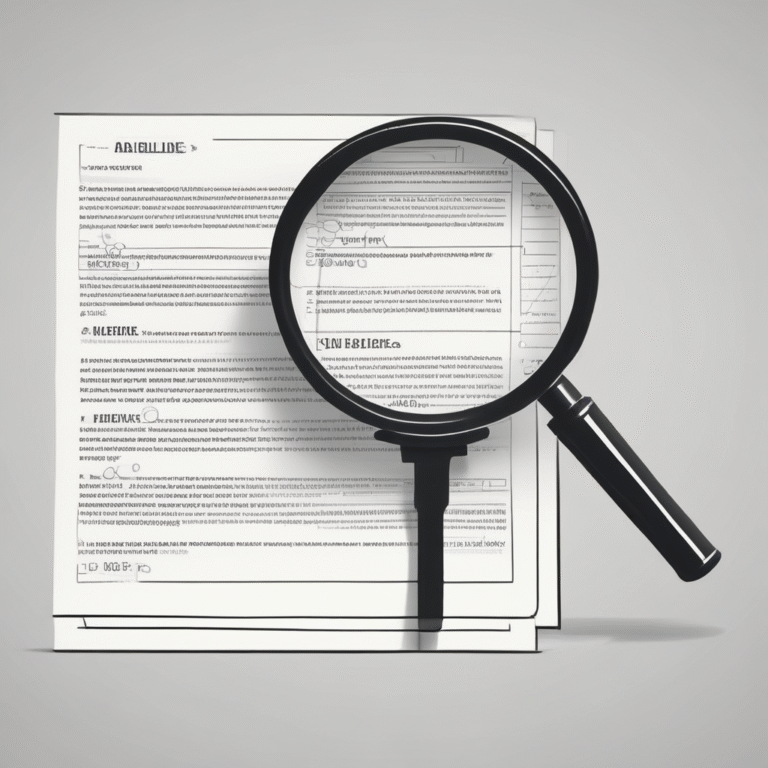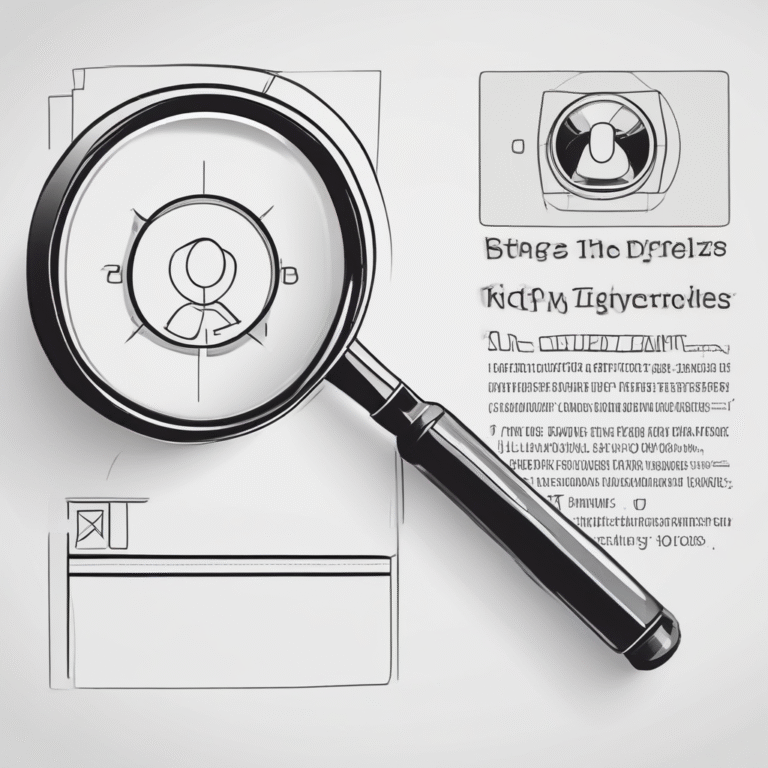EU’s New AI Act: Restrictions on Emotion Recognition Systems in Workplaces
The European Union’s recently enacted Artificial Intelligence Act introduces significant restrictions on the use of emotion recognition systems in workplace settings. This legislation aims to address privacy concerns and the potential for bias in AI technologies that infer emotional states from biometric data.
Overview of the AI Act
The AI Act, which came into effect in August 2024, will be fully applicable by August 2, 2026. Its guidelines are designed to ensure a consistent, effective, and uniform application across the EU, particularly concerning systems that utilize biometric data to analyze emotions. Though the guidelines offer insights into the Commission’s interpretation, they are non-binding, with authoritative interpretations reserved for the Court of Justice of the European Union (CJEU).
Prohibitions on Emotion Recognition Systems
The Act specifically prohibits the use of AI systems that infer emotions through various means, including:
- Keystrokes, body postures, or movements.
- Monitoring emotional tone in hybrid work teams via voice and imagery from video calls.
- Using cameras in retail settings to track employee emotions, such as happiness.
This includes the prohibition of using webcams and voice recognition systems in call centers to monitor employees’ emotional states.
Exceptions to the Rules
While the use of emotion recognition systems is largely restricted, exceptions exist for systems employed for medical or safety-related purposes. For instance, such technology may be permissible in high-risk environments, like factories or construction sites, to identify signs of stress or burnout, as long as it directly ties to employee well-being and safety.
Addressing Privacy and Ethical Concerns
The move to regulate emotion recognition technology addresses significant privacy concerns and the ethical implications of using AI to interpret emotional expressions. The variability of emotional expression across different cultures and individuals raises questions about the fairness and accuracy of these systems. By prohibiting the use of such technologies in workplaces, the EU aims to protect workers’ dignity and prevent discriminatory practices.
Conclusion
The EU’s Artificial Intelligence Act represents a proactive approach to regulating emerging technologies, particularly those that intersect with personal privacy and employee rights. By establishing clear guidelines on the use of emotion recognition systems, the legislation seeks to balance the benefits of AI with the fundamental rights of individuals in the workplace.










